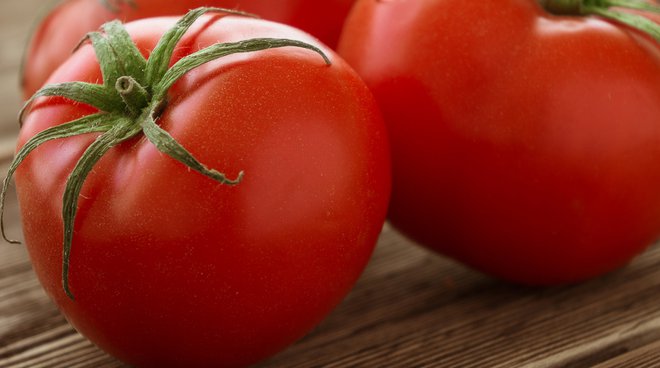Healthy and Sustainable
BE CAREFUL OF SUGAR
It is easy to eat too much sugar: it is the first taste we appreciate as children and we have to educate our taste to understand the others.

It is easy to eat too much sugar: it is the first taste we appreciate as children and we have to educate our taste to understand the others.
Simple sugars are sweet-tasting carbohydrates which are soluble in water and quickly absorbed.
They are divided into monosaccharide, such as glucose and fructose and into disaccharides such as sucrose, maltose and lactose.
They are a good source of energy when they are eaten with foods such as fruit which, aside from fructose (simple sugar), contains vitamins, minerals and fiber, just like complex sugars like those of cereals: bread, pasta, rice, etc., whose nutritional value besides the calories is given by vegetable protein, vitamins, minerals and fiber. Refined sugars, extracted from the food, namely sucrose from sugar cane or beet, fructose extracted from fruit, only provide energy and no other nutrient; for this reason, the calories provided by refined sugars are called empty calories.
The reason why it is necessary to pay attention to kitchen sugar or to the sugars that provide only energy is because they can increase the level of glucose in the blood (glycemia) and body weight.
The World Health Organization (WHO) recommends not assuming more than 50/65g of sugar a day, in other words not to exceed 200/260Kcal which corresponds to 10% (optimal would be 5%) of our daily need (typical 2000kcal daily). This rule applies to both adults and children; the risk is to contract cardiovascular diseases and diabetes. And not only that: let’s never forget that simple sugars facilitate tooth decay.
Therefore, it is useful to know how to distinguish the obvious or hidden sources of sugar to replace them with healthier food choices.
When we speak about cutting down on sugars, we don’t mean those present in fresh fruit, in vegetables or in milk, but rather those added to foods and beverages (a teaspoon of sugar weighs 5g) and of those naturally present in honey, syrups, fruit juices and fruit juice concentrates. In addition to keeping tabs on the amount of sugar we use to sweeten tea, coffee, herbal teas, etc., we should realize how much confectioners or bakers use it, the food industry in preparing desserts and sugary beverages. A cookie contains an average of 2.5g of sugar, a 250ml bottle of coke contains 25g of sugar, about half of what we should eat in a day.
How to reduce our sugar intake
1. By paying attention to the hidden sugar in foods which are not considered sweet
A tablespoon of ketchup, for example, contains 4g (1 teaspoon) of sugar. Tinned vegetables can contain additional sugar, even if many brands are now offering sugar-free versions. If we want a sweet yogurt (natural would be better) it is better to choose those that are sweetened with fruit puree or fruit flavors without added sugar.
2. By avoiding sugary beverages and fruit juices
An orange flavored beverage in a 33 cl can, or soda water, contains an average of 125kcal, more than 6 teaspoons of sugar; a sugary fruit juice in a 200ml carton has an average of 112kcal (29g of sugar between that of the fruit and that added).
It is better for children not to get used to drinking orangeade, colas and juices with added sugar. There is a high risk of obesity.
3. By getting used not to add sugar to everyday beverages, like coffee, tea and milk
A packet usually contains 5g of sugar (equivalent to one teaspoon).
4. By strongly reducing the intake of sweets, cakes, confectionery, chocolate, ice-cream
On the other hand, the more you give up something, the more you will appreciate it when you break the rules!
5. By reading the list of ingredients in the labels!
Fructose, glucose, monosaccharide, lactose, maltose, sucrose: they are all names which mean sugar.
Simple sugars can also be present in unrefined sugar, cane sugar, beet sugar and powdered sugar, molasses, whole sugar, honey, maple syrup, sugar cane syrup, cane juice, inverted sugar, malt syrup and high fructose corn syrup, apple or grape concentrate.
The contents of this article are in accordance with the parameters set out by the European Food Safety Authority - EFSA.
NEWS
ALSO IN FOOD TRENDS
Healthy and Sustainable
Health and tomatoes: low-calorie recipes
Integrating low-calorie recipes into your diet is essential for anyone aspiring to maintain a healthy, balanced lifestyle. In this context, the tomato stands out as an ingredient known both for its nutritional value and versatility in cooking.
Healthy and Sustainable
What to add to puree? The right sauce for every taste
Tomato sauce is a classic of Italian cuisine and, starting with the basic recipe made with sautéed onion and basil, this delicious sauce can give you unforgettable moments of flavor!
Healthy and Sustainable
Recipes with grains for a cool summer
Four delicious recipes with grains, excellent also chilled, for a cool summer.


